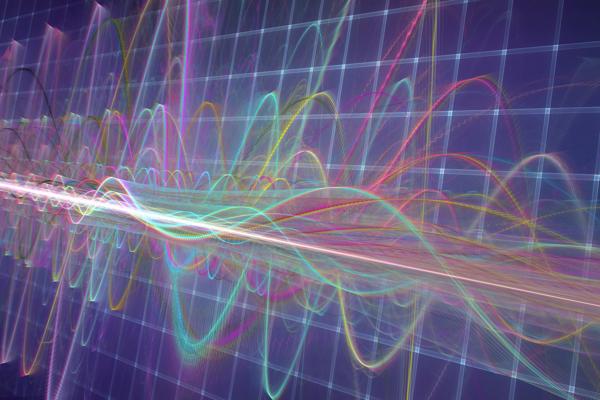Longitudinal Waves
How do waves transmit energy? In electromagnetic waves energy is transmitted as electric and magnetic fields. Download infocity driver. In sound waves energy is transmitted as vibration of air particles. Mechanical waves require a medium to travel through b. Mechanical waves do not have amplitude and wavelength c. Mechanical waves do not have frequency d. Physics The velocity of the transverse waves produced by an earthquake is 7.2 km/s, while that of the longitudinal waves is 4.2 km/s.
In a longitudinal wave the particle displacement is parallel to the direction of wave propagation. The animation at right shows a one-dimensional longitudinal plane wave propagating down a tube. The particles do not move down the tube with the wave; they simply oscillate back and forth about their individual equilibrium positions. Pick a single particle and watch its motion. The wave is seen as the motion of the compressed region (ie, it is a pressure wave), which moves from left to right.
The second animation at right shows the difference between the oscillatory motion of individual particles and the propagation of the wave through the medium. The animation also identifies the regions of compression and rarefaction.
Waves transmit energy. Electromagnetic waves (transverse waves) consist of a range of different waves including radio waves, microwaves and light. What do waves transmit across the sea? Waves transmit energy across the sea. Explain wave anatomy (make sure to label all parts) There are many parts of a wave. The parts are the wavelength, the amplitude, the crest, the trough, and the height. What are most waves generated by? Most waves are generated by wind. TaylorAsh In electromagnetic waves, energy is transferred through vibrations of electric and magnetic fields. In sound waves, energy is transferred through vibration of air particles or particles of a solid through which the sound travels. In water waves, energy is transferred through the vibration of the water particles.
The P waves (Primary waves) in an earthquake are examples of Longitudinal waves. The P waves travel with the fastest velocity and are the first to arrive.
To see a animations of spherical longitudinal waves check out:How does NASA communicate with spacecraft? |
How is data put on radio waves?
There are two common ways to put information in a radio wave, and you've likely run into them yourself. They are called A.M. and F.M. just like the two choices you've always known are on a radio. To understand these two ways of sending information it is important to know that radio waves, by themselves, have very regular patterns. Generally they keep the same amplitude or frequency all the time. (Amplitude is the 'height' of the radio wave, frequency is how close the waves are to each other.)
A.M. stands for amplitude modulation. In this method, the information is put into a radio wave by varying the amplitude. For example, if all we wanted to do was send 1's and 0's, we could have just two different levels of amplitude that correspond to these numbers--1 being high, 0 being low.
What Does Waves Transmit
F.M. stands for frequency modulation. This time the amplitude is kept constant, it is the frequency that is varied.

What are radio waves?
What is frequency?
What is wavelength?
What Do All Waves Transmit
How are frequency and wavelength related?
How do the instruments and sensors coordinate sending signals?
More about radio waves.
How much data is DS1 able to transfer?
What is bandwidth?
What radio frequency does DS1 use for communications?
How do you make a radio wave?
